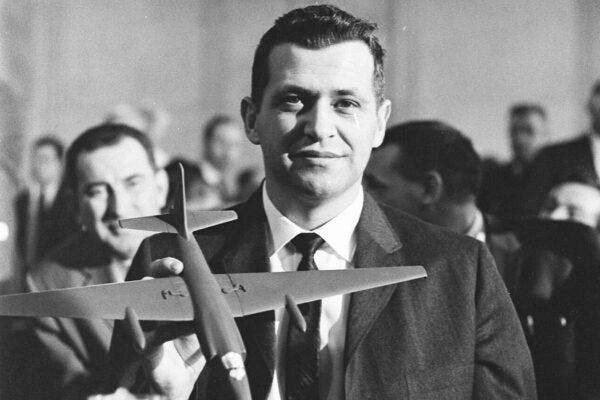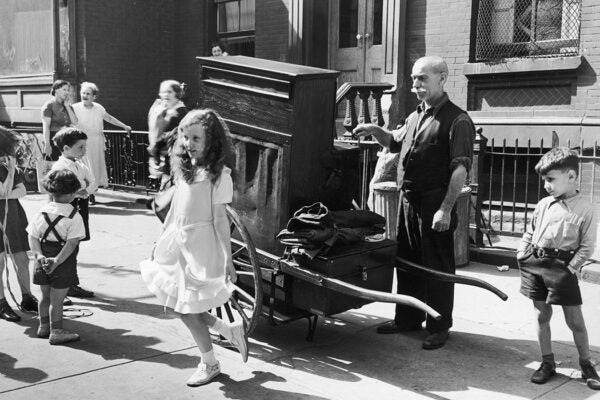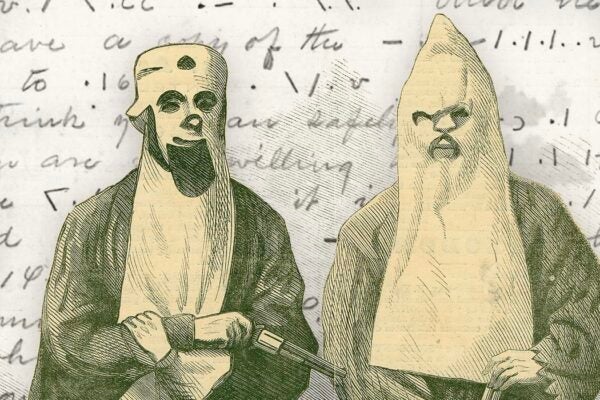Only a month ago, it was announced that Jeanette Epps would become the first Black woman to live on the International Space Station—two years after she was originally supposed to go into space. Historically, NASA has not been the greatest at supporting women. It didn’t even accept women to its astronaut training program until Sally Ride in 1978.
When NASA opened its doors in 1958, it did not explicitly exclude women from applying to be astronauts. It did, however, require all applicants to be military jet test pilots—something women could not qualify for.
Physician William Randall Lovelace hypothesized that women—being smaller and lighter—might actually be better suited for space flight than men were. In 1960, he developed a secret “Women in Space” program at his research center in New Mexico. This project, which was not sanctioned by NASA, recruited over two dozen women and had them undergo the same rigorous physical and mental exams as the NASA astronauts. The first pilot recruited for this program, Jerrie Cobb, began referring to the others as her “Fellow Lady Astronaut Trainees” (FLATs), but the final group would come to be known as the Mercury 13.
“In September 1961, twelve FLATs were scheduled for further tests, already completed by Cobb, at the Navy Station in Pensacola, Florida,” writes humanities scholar Marie Lather. “The U.S. Navy readily agreed to allow the women use of its equipment, but in the end the tests were canceled.”
So, on July 17, 1962, two of the Mercury 13, Cobb and Jane Hart, stood before a special all-male subcommittee of the House of Representatives to try to make the case for women astronauts. “We seek, only, a place in our Nation’s space future without discrimination,” Cobb said.
Then came the male astronauts (including John Glenn, who had recently become the first American to orbit the Earth). All of them backed NASA’s position. As a representative from Ohio suggested, “If our priority program is getting a man on the moon maybe we should ask the good ladies to be patient and let us get this thing accomplished first and then go after training women astronauts.”
John Glenn took it a step further. Women weren’t in NASA’s program for a reason, he said. “I think this gets back to the way our social order is organized, really…The fact that women are not in this field is a fact of our social order.”
Weekly Newsletter
The argument against women astronauts centered on their inability to train as military test pilots, and that no exceptions could be made to this requirement. Lather notes an obvious hypocrisy: Glenn was admitted into the space program without a college degree, and was granted exception through “the rationale of equivalent experience.” Cobb was a professional pilot who had logged more than 10,000 hours of flying time and passed the same physical and mental tests with flying colors. Still, the committee did not consider this “equivalent.”
It would later come to light that, a few months after the hearing, President Lyndon B. Johnson was presented with “a letter in support of the possibility of women astronauts,” writes Lather. “…At the bottom of the letter, in lieu of a signature, Johnson scrawled ‘Let’s stop this now!’ The letter was never sent. It was filed away and not made public.”







